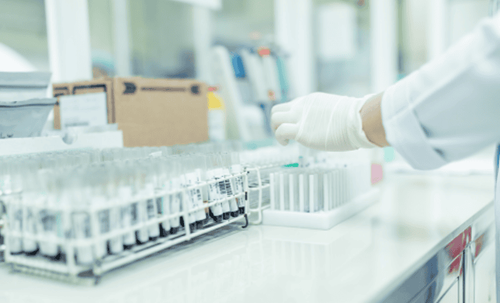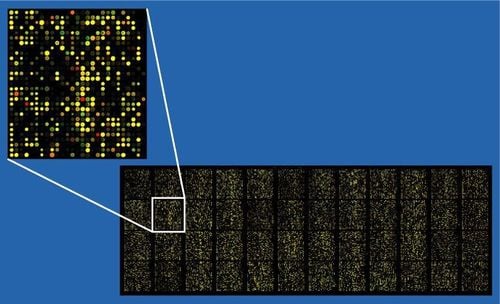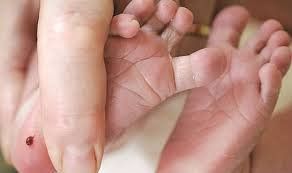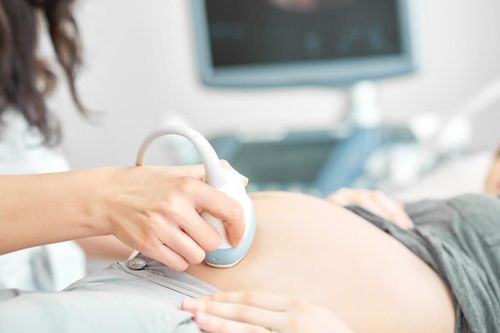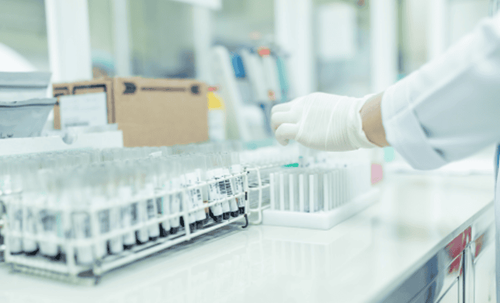This is an automatically translated article.
Posted by Dr. Bui Thi Phuong Hoa - Vinmec High-Tech CenterMicroarray technology (also known as CMA) has revolutionized the practice of genetics and is now commonly indicated for prenatal testing and at any time postpartum if appropriate. What is Microarrays Technique ?
Chromosome structural abnormalities, if too small to be detected on conventional chromosomal formulating, culture techniques, can now be detected by molecular techniques. Microarrays can detect copy number polymorphisms (CNVs) and thus identify chromosomal regions where excess (repeated) or missing (deleted) DNA is present.
1. Benefits of Microarrays
In prenatal diagnosis:
Prenatal detection of clinically significant CNVs may be missed if only conventional karyotyping is used.
6% of fetuses with a normal karyotype that may have pathogenic or potentially pathogenic CNVs:
A solitary malformation: 5.6% Multiple malformations: 9.1 % 1.7% phenotypically normal and karyotype normal fetuses may have pathogenic or potentially pathogenic CNVs.
In postnatal diagnosis:
Postnatal findings of significant CNVs that could be missed using only conventional karyotyping:
Developmental retardation and intellectual disability An additional 12.2% - 19% of abnormalities cause disease can be further detected by microarray application
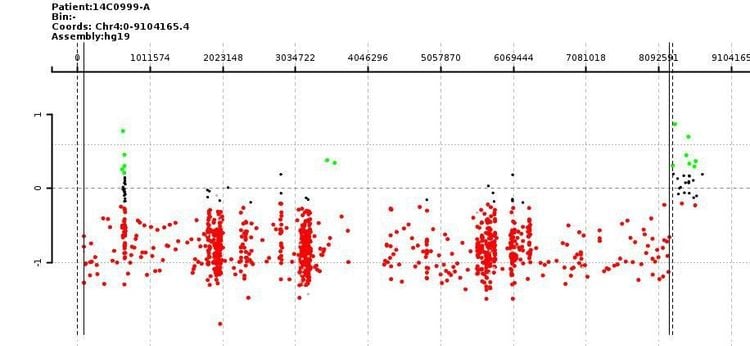
Kỹ thuật Microarrays có giá trị to lớn trong việc chẩn đoán trước và sau sinh
2. Limitations of Microarrays
2.1 Equilibrium translocation Balanced translocation occurs in about 1/500 individuals and is usually benign Since little or no genetic material is added or lost, balanced translocations go undetected by microarray but, depending on size, detectable by conventional karyotyping Serious consequences are still possible with balanced translocations as breaks affect ACMG gene function (2018) Note the importance of balanced rearrangements (eg, translocations, inversions, insertions) and point out that genetic counseling should be offered to the children of balanced translocation carriers because of possible repeated in offspring Estimated additional diagnostic efficiency of 0.78 to 1.3% if karyotyping with G-band staining is performed after negative microarray results. Single-gene disorder: May be caused by a change in one or more base pairs that will not be detected on the microarray
2.2 Variants of uncertain significance (VUS) May occur in 1 to 2% of cases May cause concern for parents and will require additional specialist advice and monitoring Over time, VUS being classified as benign or pathogenic when additional reports are entered into the database
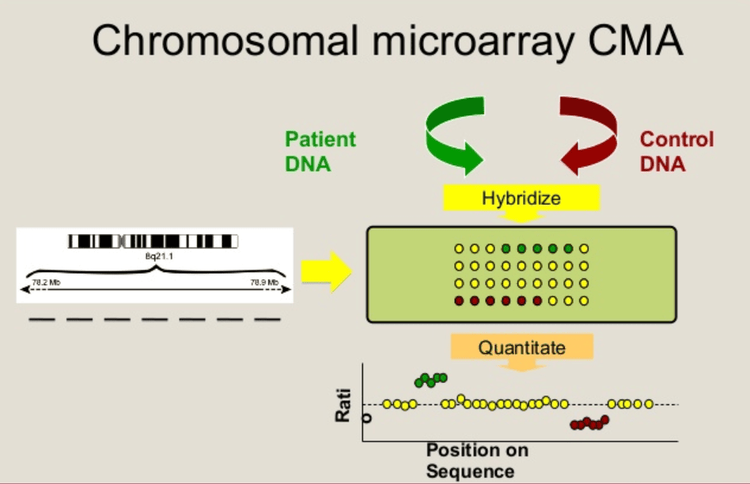
Kỹ thuật Microarray cần được thực hiện tại cơ sở y tế chất lượng
3. Application of Microarray in postpartum testing
ACMG: Microarray is the first test indicated for the evaluation of postpartum abnormalities:
Multiple malformations but not specific for a well-defined genetic syndrome Developmental delay/intellectual disability no What syndromes is it related to Autism spectrum disorder May be indicated in a few other conditions that have not been studied much and need more research in the future.
Vinmec International General Hospital is a high-quality medical facility in Vietnam with a team of highly qualified medical professionals, well-trained, domestic and foreign, and experienced.
A system of modern and advanced medical equipment, possessing many of the best machines in the world, helping to detect many difficult and dangerous diseases in a short time, supporting the diagnosis and treatment of doctors the most effective. The hospital space is designed according to 5-star hotel standards, giving patients comfort, friendliness and peace of mind.
To register for an examination at Vinmec International General Hospital, you can contact the nationwide Vinmec Health System Hotline, or register online HERE.




